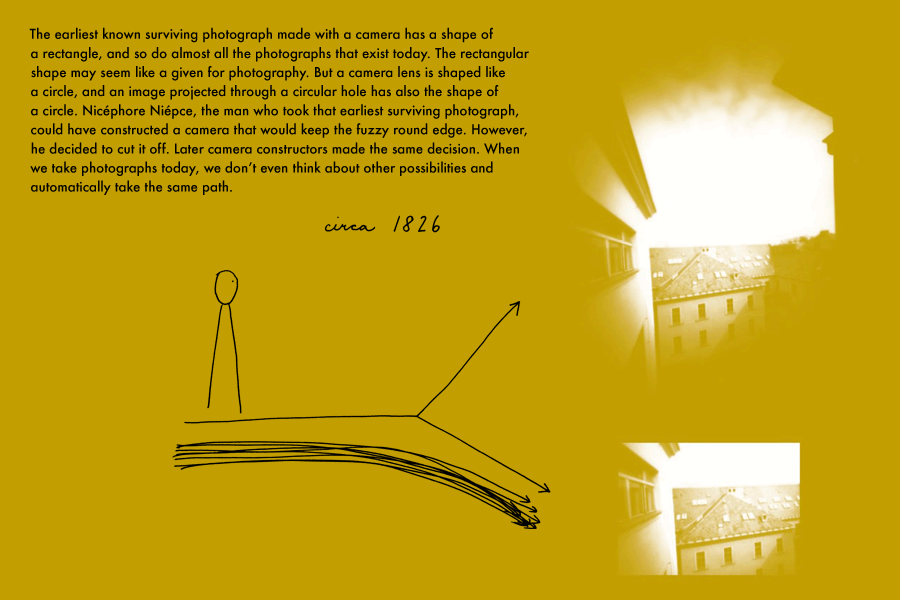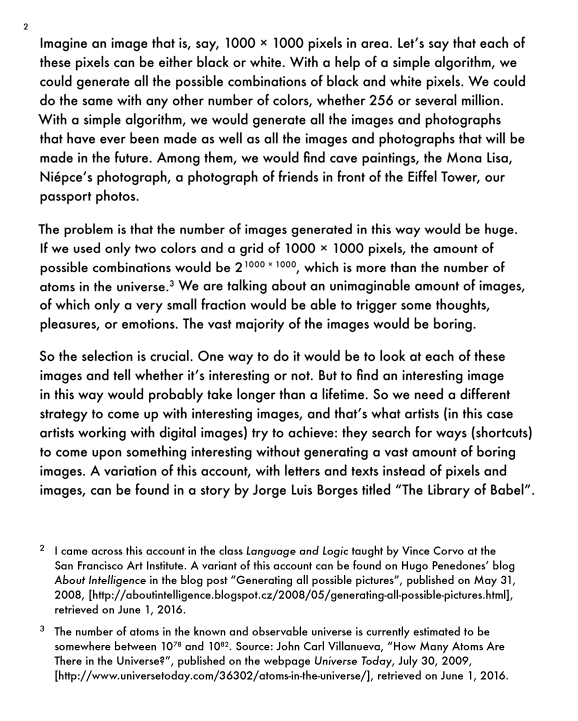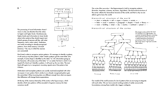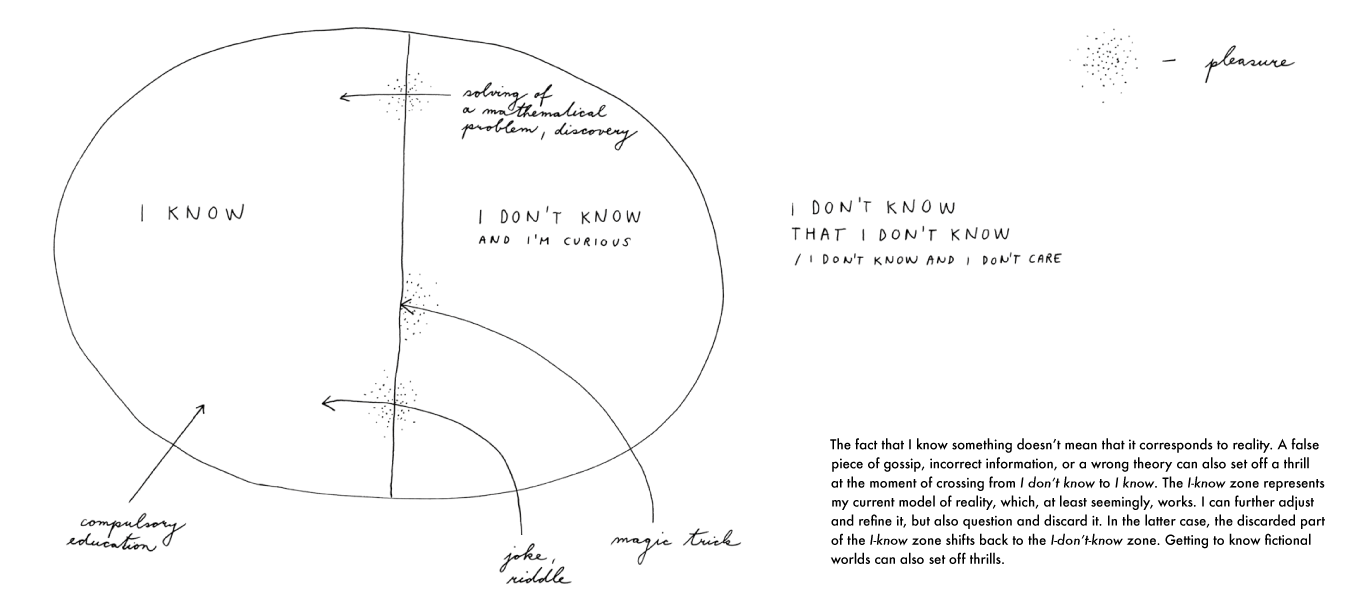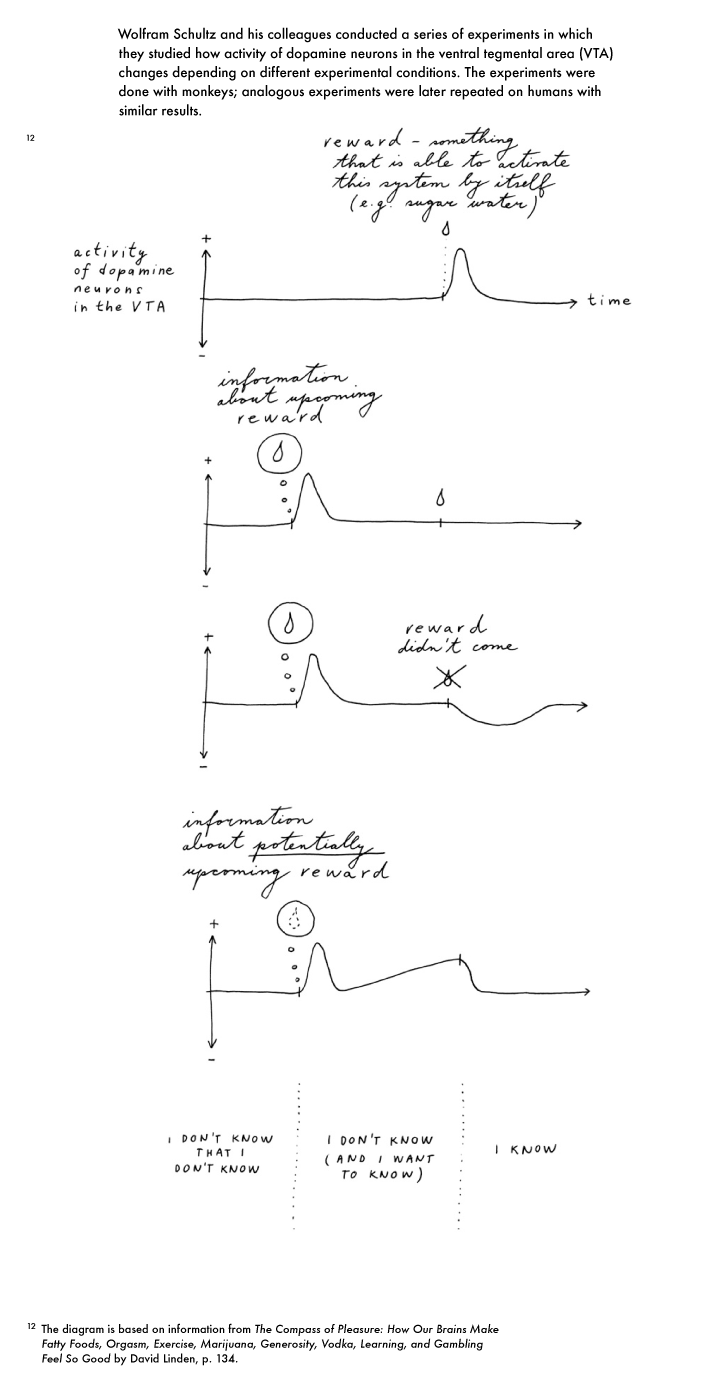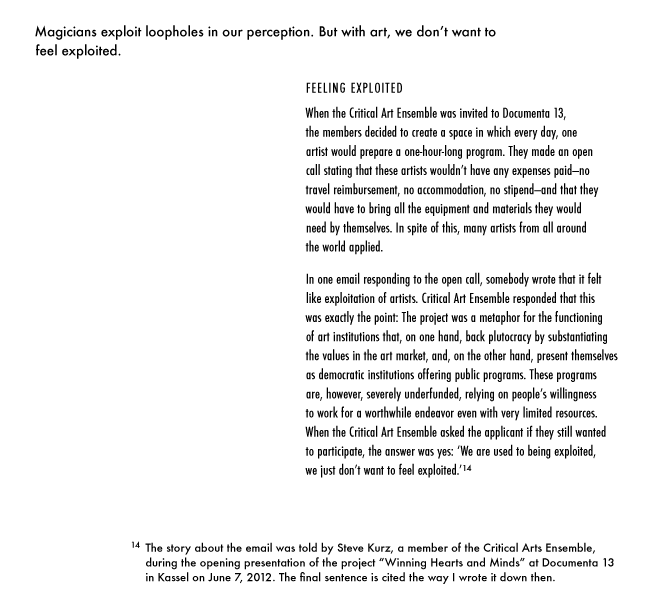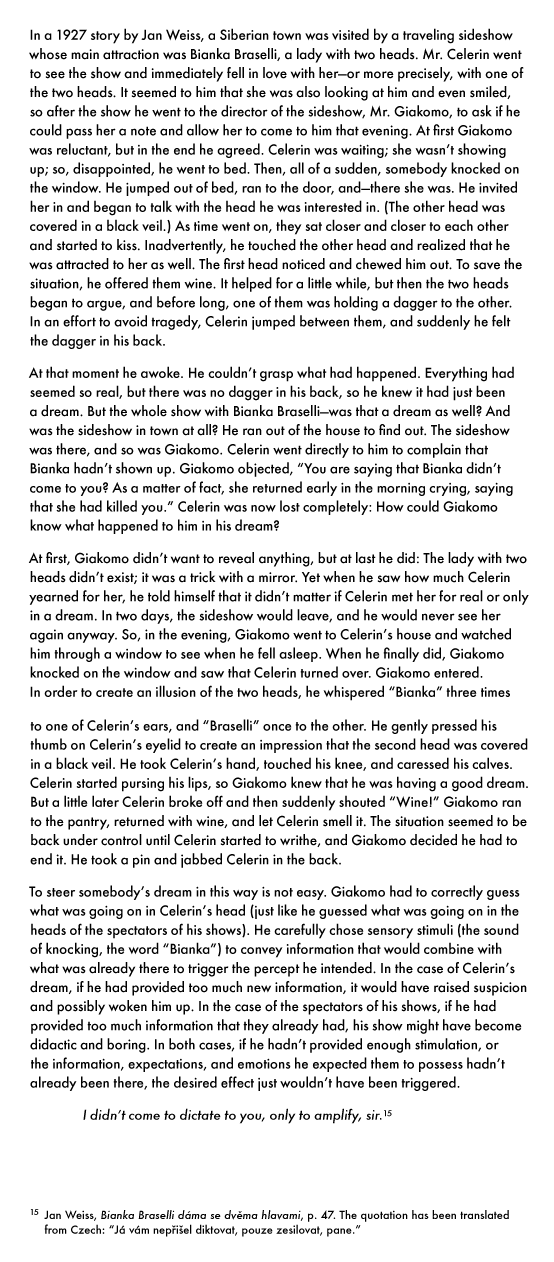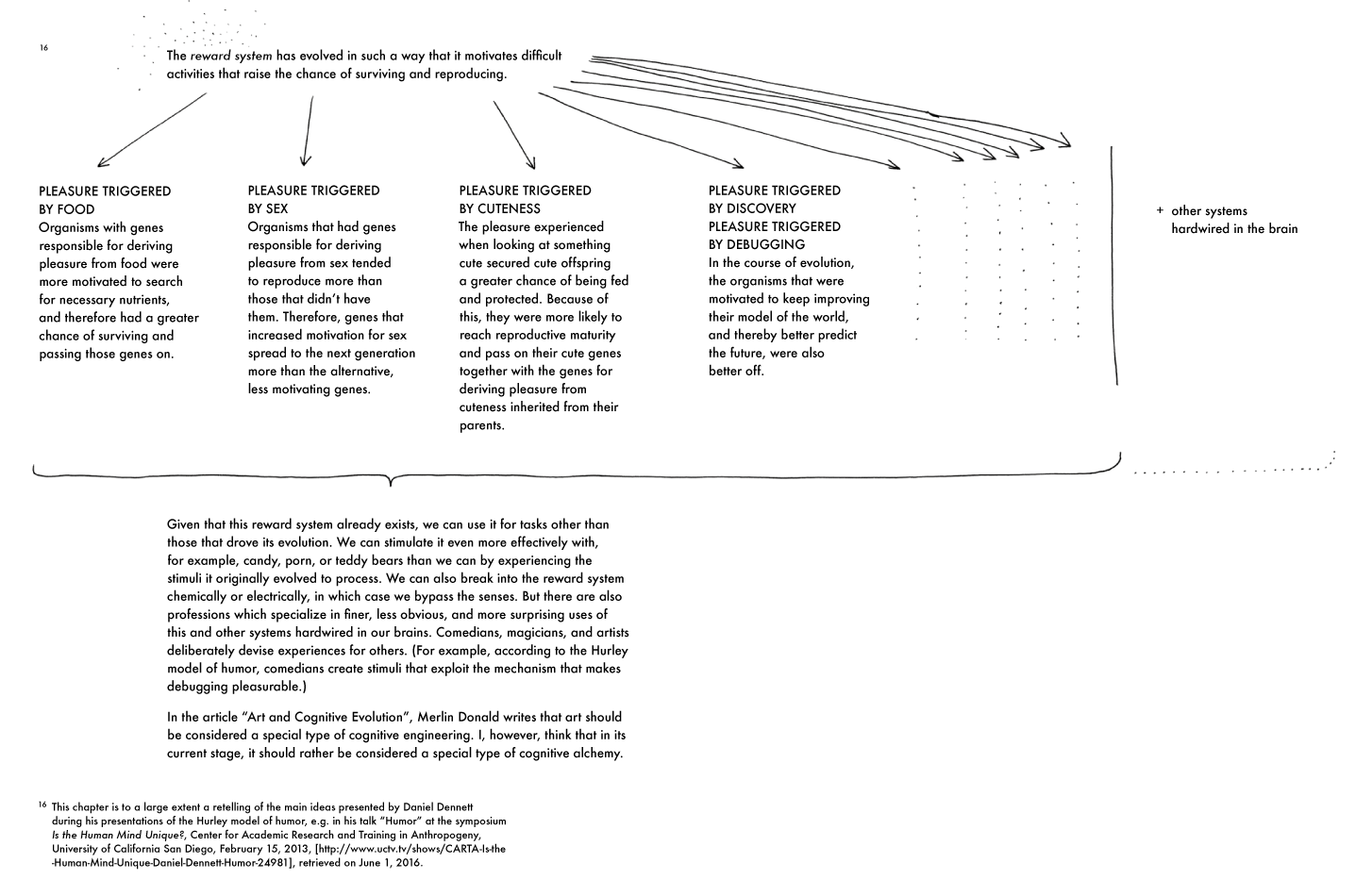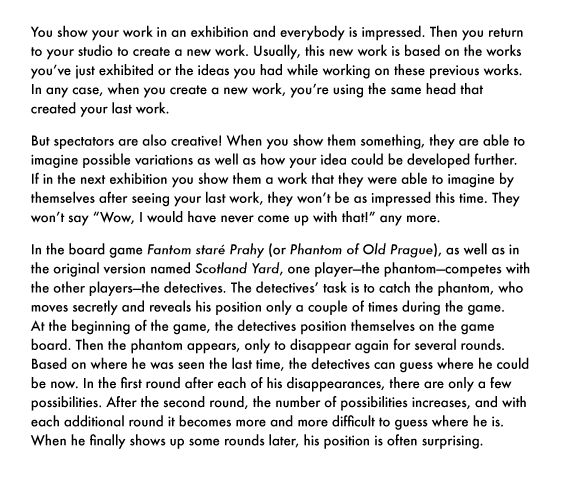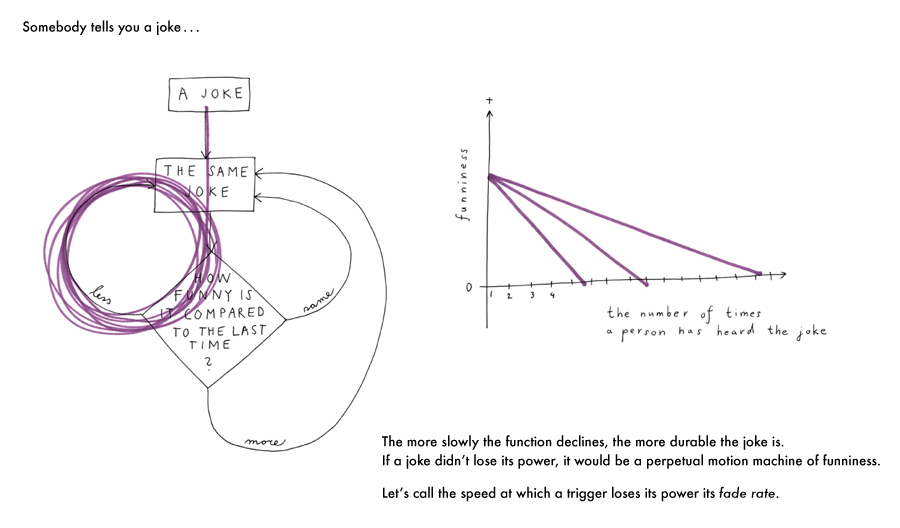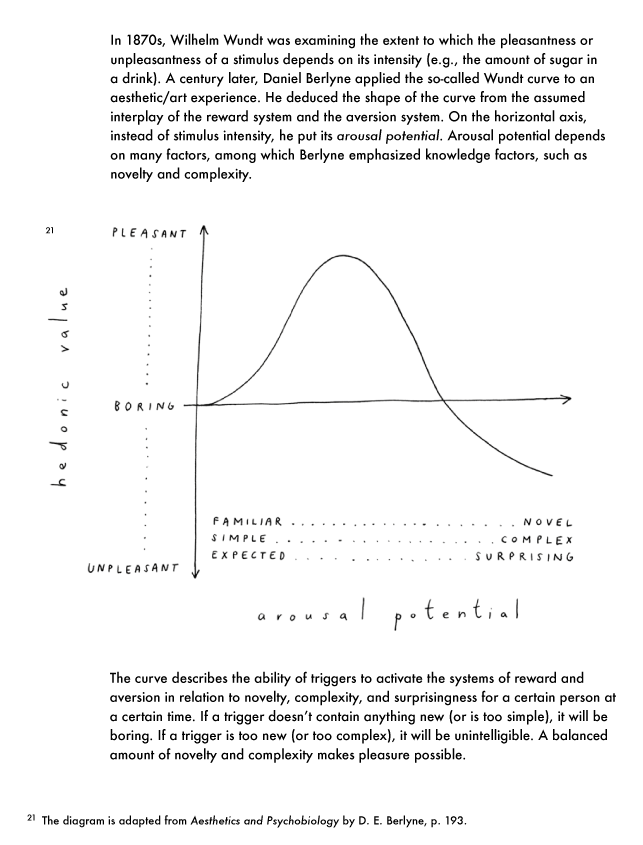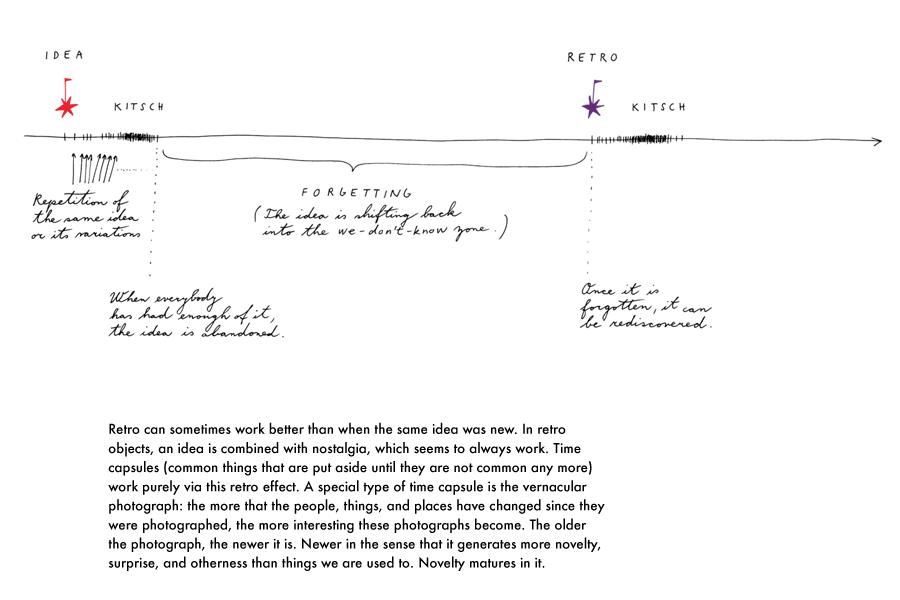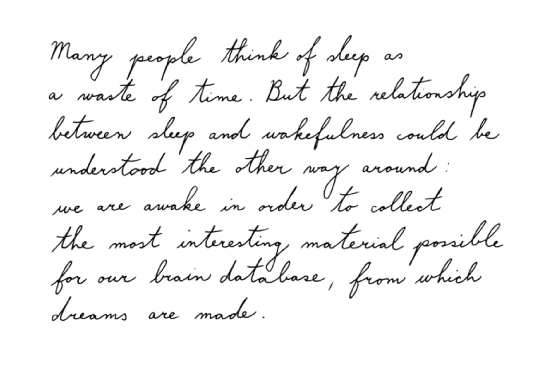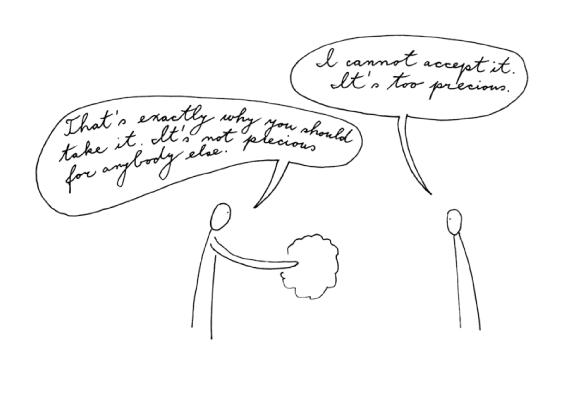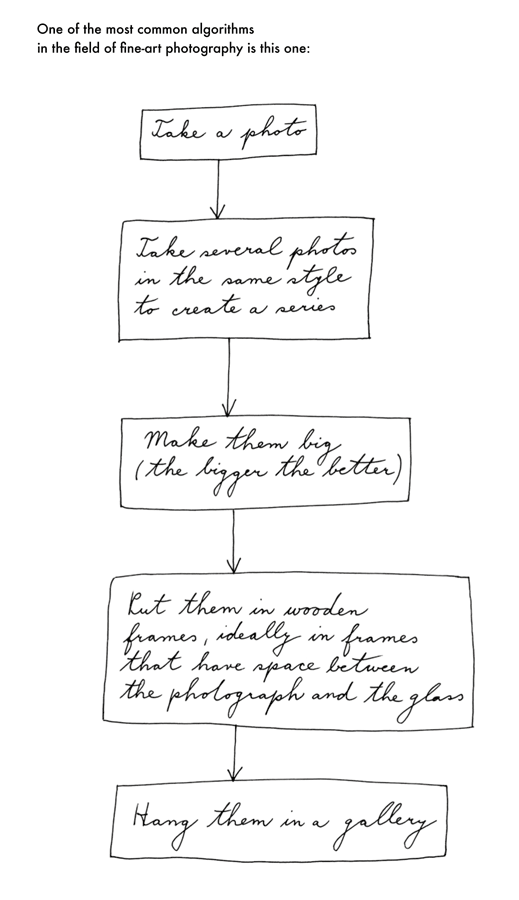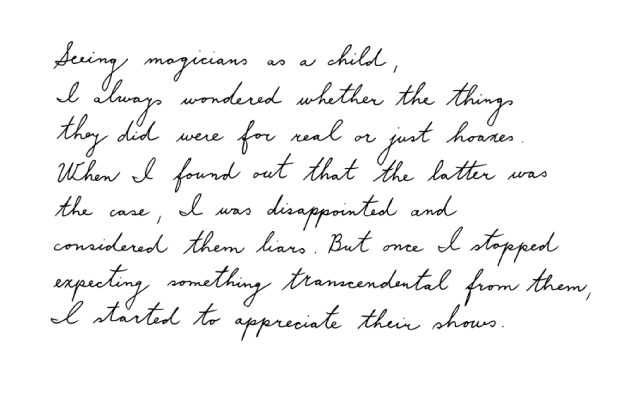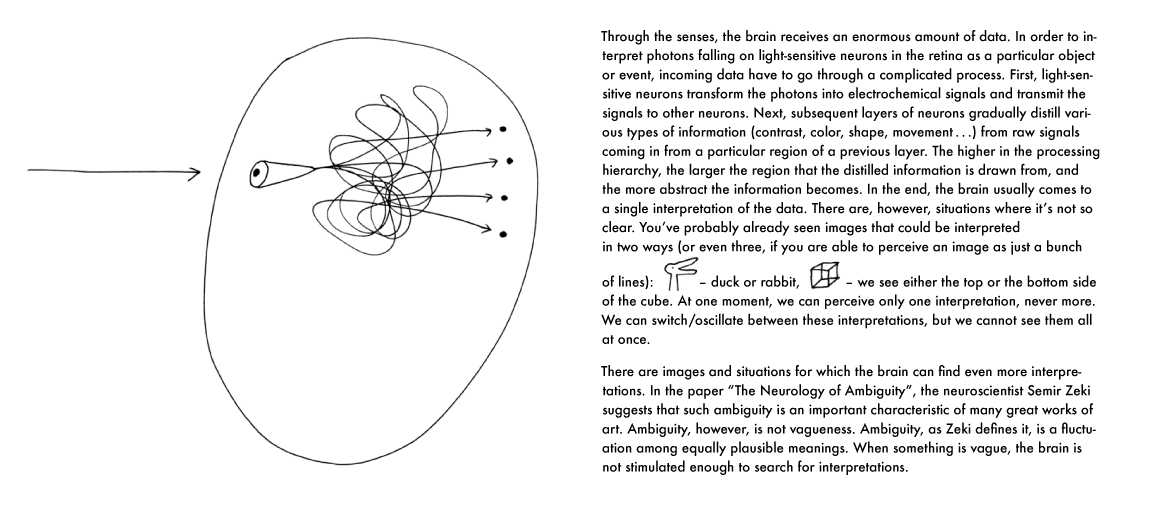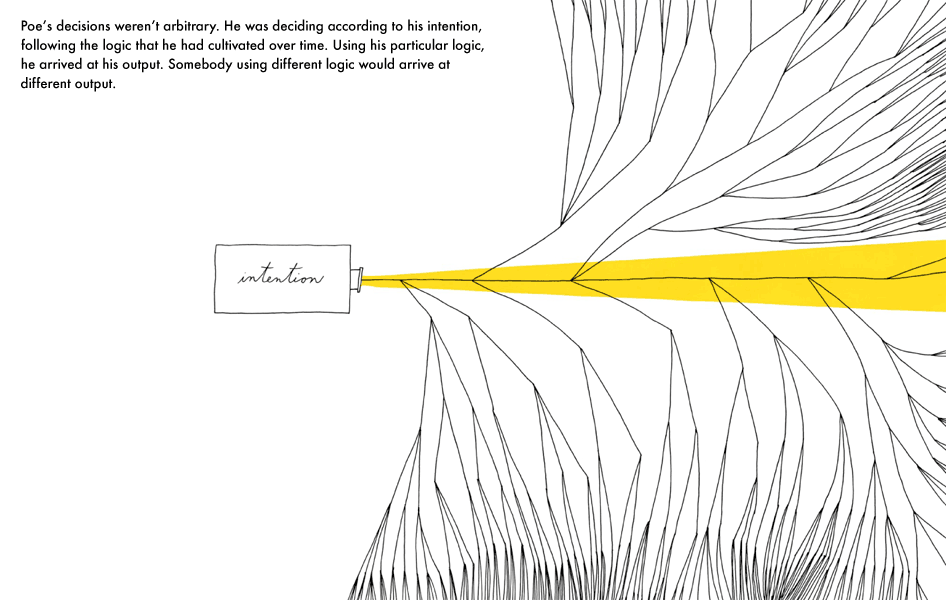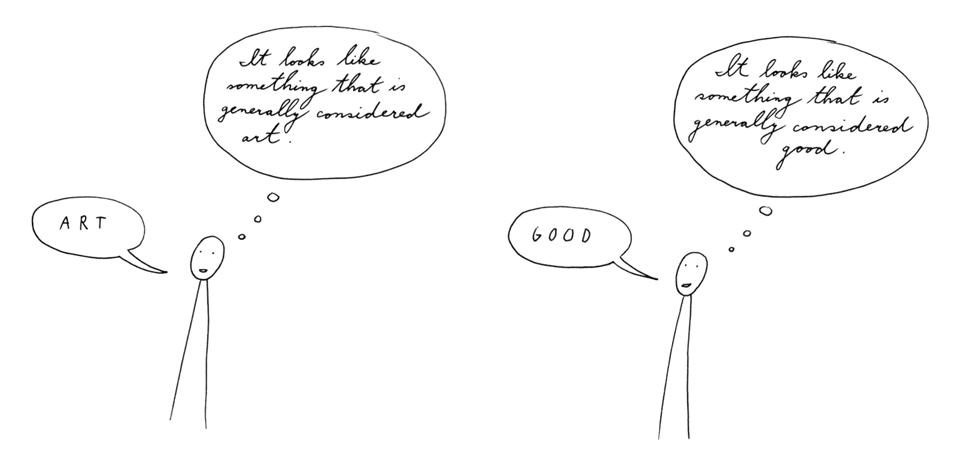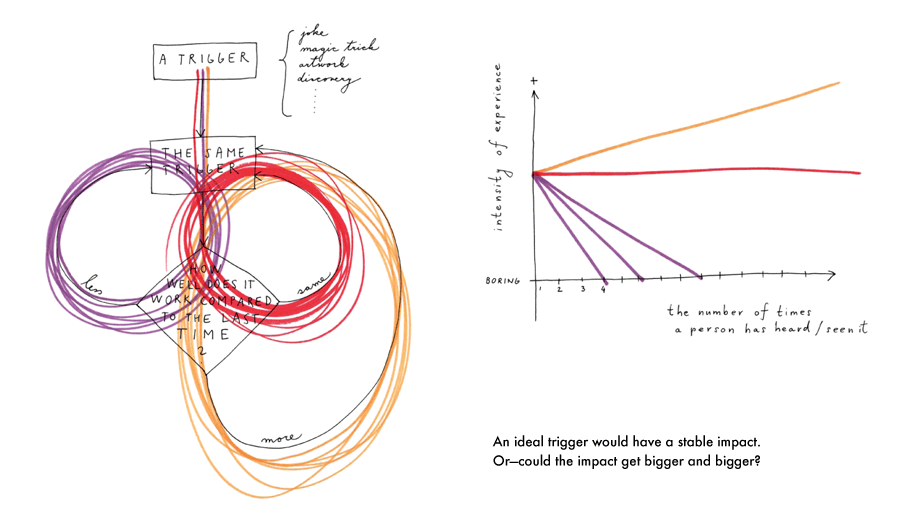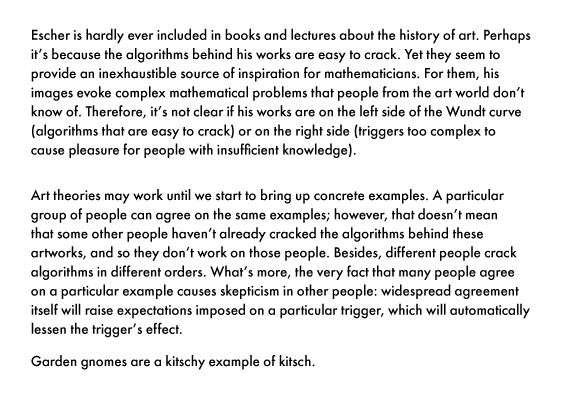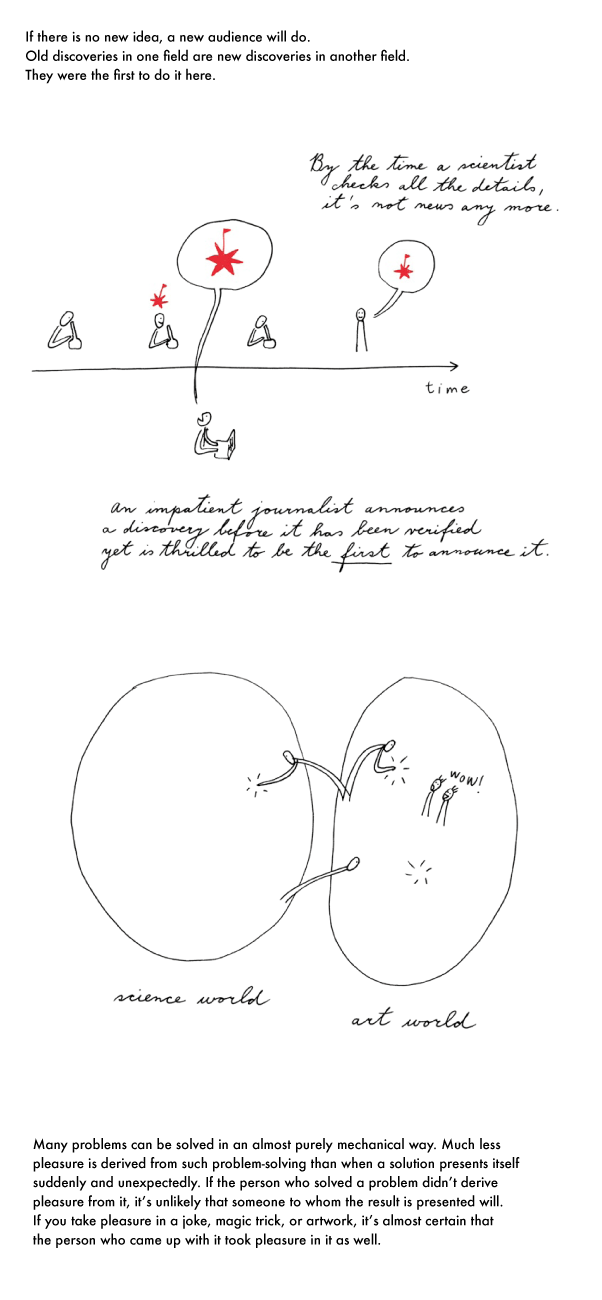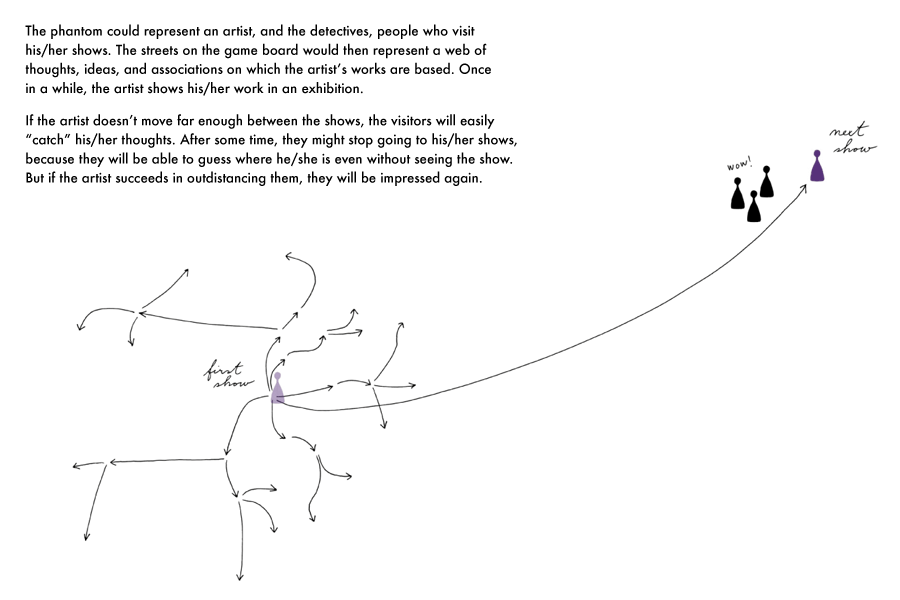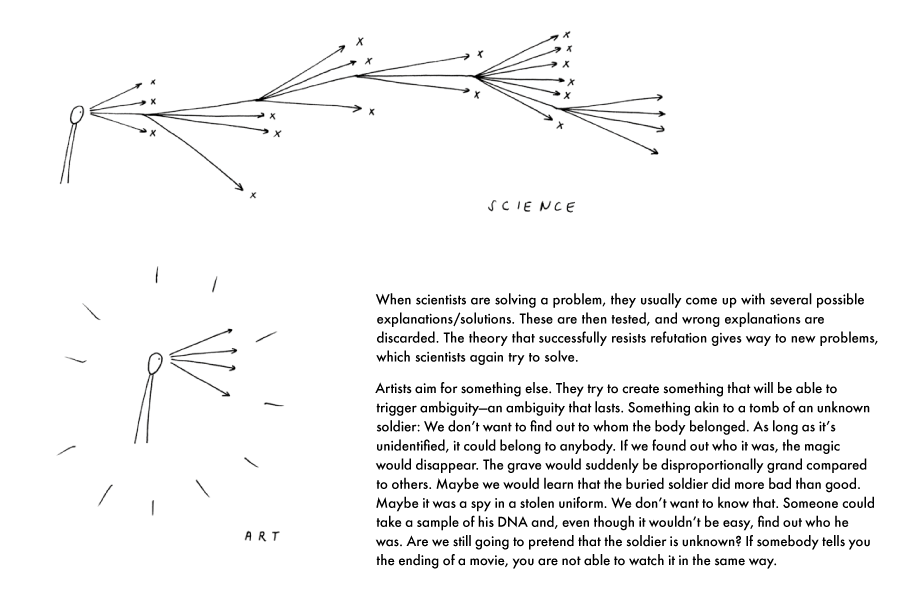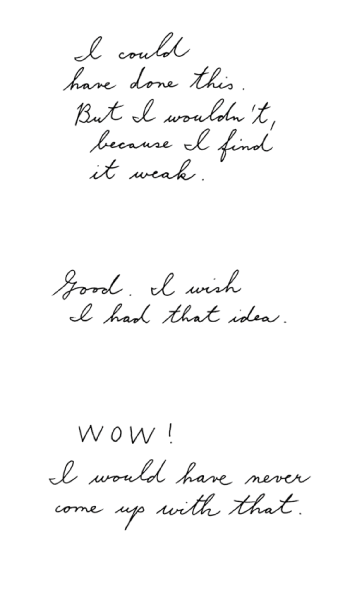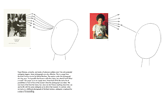In 2005, scientists from the Massachusetts Institute of Technology made an algorithm, titled SCIgen, able to generate texts that looked like research papers. A couple of years later, two scientists from Rensselaer Polytechnic Institute, Allen Lavoie and Mukkai Krishnamoorthy, decided to make a classifier—a program that would be able to distinguish genuine papers from those generated by SCIgen. They were successful: Out of 200 papers, the program correctly identified all 100 papers that were generated by computer. Of the 100 papers written by humans, it correctly classified 98.
Two papers written by humans were identified as computer-generated. The incorrect identification was a problem with the classifier, not the authors of the papers. (The classifier expected certain formal characteristics typical of research papers that weren’t present in these two papers.) Let’s imagine, however, a classifier—either computer-based or human—that would detect algorithmic behavior and obtain the same results. How would you feel if a text you wrote were classified as computer generated?
People interested in artificial intelligence usually ask whether computers could become as intelligent and creative as humans. I decided to think about it the other way around: I’m interested in the extent to which the creative process of artists is algorithmic.
Many people seem to be irritated by the idea that an algorithm could generate thrill-triggering artifacts. I suppose this aversion comes from a fear of losing thrills caused by inventing/creating/discovering. But the motivation of those who try to invent an algorithm for art is, in fact, precisely this: If they succeeded in creating a really good algorithm, it would cause them a huge thrill.
BIBLIOGRAPHY
Berlyne, D. E. Aesthetics and Psychobiology. New York: Appleton-Century-Crofts, 1971.
Borges, Jorge Luis. Ficciones. London: David Campbell Publishers, 1993. (originally published in Spanish in 1956; contains the story “The Library of Babel”) Carter, Rita. Mapping the Mind. London: Phoenix, 2010.
Chaitin, Gregory. Meta Math! The Quest for Omega. New York: Vintage Books, 2006.
Critical Art Ensemble, description of the project “Winning Hearts and Minds” at the group’s webpage [http://critical-art.net/?p=147], retrieved on November 20, 2016.
Corry, Leo. “Mathematical Fiction and the Prosaic Dangers of Salgarism”. Imagine Maths 5. Eds. Michele Emmer, Marco Abate, Maurizio Falcone, Marcela Villarreal. Venice and Bologna: Unione Matematica Italiana and Istituto Veneto di Scienze, Lettere ed Arti, 2016.
D’Ardenne, Kimberlee, Samuel M. McClure, Leigh E. Nystrom, and Jonathan D. Cohen. “BOLD Responses Reflecting Dopaminergic Signals in the Human Ventral Tegmental Area”. Science 319 (5867), pp. 1264–1267, February 29, 2008. [doi: 10.1126/science.1150605]
Dawkins, Richard. The Selfish Gene. New York: Oxford University Press, 2006. (originally publishedin 1976)
Deutsch, David. The Beginning of Infinity: Explanations that Transform the World. London: Penguin Books, 2012.
Donald, Merlin. “Art and Cognitive Evolution”. The Artful Mind: Cognitive Science and the Riddle of Human Creativity. Ed. Mark Turner. New York: Oxford University Press, 2006.
Escher, M. C. The Graphic Work. Cologne: Taschen, 2001.
Fayn, Kirill, and Paul J. Silvia. “States, people, and contexts: Three psychological challenges for the neuroscience of aesthetics”. Art, Aesthetics, and the Brain. Eds. Joseph P. Huston, Marcos Nadal, Francisco Mora, Luigi F. Agnati, and Camilo J. Cela-Conde. Oxford: Oxford University Press, 2015.
Gazzaley, Adam, and Robert Strong. “The Neuroscience of Magic”. Lecture, November 19, 2013, Stanford University. Video documentation of the lecture is available at [http://wonderfest.org/neuroscience-of-magic/], retrieved on June 1, 2016.
Giusti, Enrico. “Touching the Abstract: Mathematics at the Museum”. Newsletter of the European Mathematical Society. Zürich: EMS Publishing House, March 2013.
Hawkins, Jeff, with Sandra Blakeslee. On Intelligence. New York: St. Martin‘s Griffin, 2004.
Hofstadter, Douglas R. Gödel, Escher, Bach: an Eternal Golden Braid. New York: Basic Books, 1979.
Houdini, Harry. A Magician among the Spirits. New York and London: Harper & Brothers, 1924.
Hurley, Matthew M., Daniel Dennet, and Reginald B. Adams, Jr. Inside Jokes: Using Humor to Reverse-Engineer the Mind. Cambridge, MA, USA: The MIT Press, 2011.
Johnson, Colin G. “Fitness in Evolutionary Art and Music: What Has Been Used and What Could Be Used?” EvoMUSART 2012. Eds. P. Machado, J. Romero, and A. Carballal. Berlin Heidelberg: Springer-Verlag, 2012, pp. 129–140.
Hejny Method: An approach to mathematics teaching and child development. [http://www.h-mat.cz/en], retrieved on July 20, 2016.
Lavoie, Allen, and Mukkai Krishnamoorthy. “Algorithmic Detection of Computer Generated Text”. Preprint, arXiv:1008.0706 [stat.ML], 2010, [http://arxiv.org/abs/1008.0706], retrieved on June 1, 2016.
Linden, David J. The Compass of Pleasure: How Our Brains Make Fatty Foods, Orgasm, Exercise, Marijuana, Generosity, Vodka, Learning, and Gambling Feel So Good. New York: Viking Penguin, 2011. (Schultz’s experiments, reward system)
Macknik, Stephen L., and Susana Martinez-Conde. Sleights of Mind: What the Neuroscience of Magic Reveals about Our Everyday Perceptions. New York: Picador, 2010.
Mason, Peggy. Medical Neurobiology. Oxford University Press, 2011. (different types of memory)
Mitchell, Melanie. Complexity. A guided tour. New York: Oxford University Press, 2011. (genetic algorithms)
Moran, Joseph M., Marina Rain, Elizabeth Page-Gould, and Raymond A. Mar. “Do I amuse you? Asymmetric predictors for humor appreciation and humor production”. Journal of Research in Personality 49 (2014), pp. 8–13.
Palmer, Steven E. Vision Science: Photons to Phenomenology. Cambridge: MIT Press, 1999.
Poe, Edgar Allan. “The Philosophy of Composition”. The Fall of the House of Usher and Other Writings. Ed. David Galloway. London: Penguin, 2003.
Postlethwait, John H., Janet L. Hopson, and Ruth C. Veres. Biology!: Bringing Science to Life. New York: McGraw-Hill, 1991. (the term fitness)
Purves, Dale, et al. Principles of Cognitive Neuroscience. Second Edition, Sunderland, MA, USA: Sinauer Associates, 2013. (Schultz’s experiments)
Shimamura, Arthur P. “It’s an Acquired Taste: How Knowledge Drives Aesthetics”. Blog post. In the Brain of the Beholder. Psychology Today, May 14, 2014, [https://www.psychologytoday.com/blog/in-the-brain-the-beholder/201405/its-acquired-taste-how-knowledge-drives-aesthetics], retrieved on June 1, 2016.
Stanová, Magda. W cieniu fotografii. Krakow: Foundation for Visual Arts, 2008. (rectangular shape of photographs, sense of fortune-telling)
Weiss, Jan. Bianka Braselli dáma se dvěma hlavami. Prague: Československý spisovatel, 1961. (the story was first published in 1927 in the book Zrcadlo, které se opožďuje)
Zeki, Semir. “The Neurology of Ambiguity”. Consciousness and Cognition 13 (2004), pp. 173–196.
Zotti, Laura Minici. La vita di Giacomo Casanova mostrata con la Lanterna Magica. DVD, Padova: Museo del precinema, 2007.

